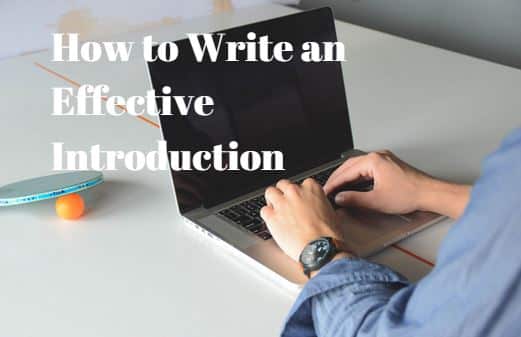
How to write a Task 2 introduction
SUMMARY:
Write 2 sentences only.
Don’t try too hard to paraphrase the keywords.
Express your opinion in the introduction if you are required to do so.
Now, here comes the guide.
Why only 2?
Most of the IELTS Task 2 essay introduction will have only two sentences:
One for a general statement relating to the topic. Most of the time, you just have to paraphrase the fact provided in the topic question.
One for answering the topic question. Either by expressing your opinion (if you are writing an opinion essay) or explaining the causes and the solutions of the problems (if you are writing a cause & solution essay).
Example: More houses are needed in many countries to cope with increasing populations. Would it be better to build houses in existing towns and cities, or to develop new towns in rural areas?
Answer from Simon: It is true that the populations of many countries are growing, and that new housing is therefore needed. In my opinion, it would be better to increase the provision of housing by creating new towns, rather than by further developing existing towns and cities.
As you can see, the vocabulary and grammatical structure used by Simon are very simple, mostly just some recycling from the topic question. His answer retains most of the keywords (population, develop, new towns, existing town and cities), and even a common phrase (it would be better).
While the above strategy seems to be boring, it is actually effective, especially if you don’t aim higher than the 7.0 score. Remember, your essay usually has 14 sentences, but only 2 of them are in your introduction. Spending too much time for the introduction, while leave your body paragraphs underdeveloped will hamper your test result.
Therefore, it’s better to write a short and simple introduction, without trying too hard to paraphrase the question.
2. The template
Regarding the two popular types of IELTS essay (opinion versus cause/solution), there are two simple templates used by Simon:
For an opinion essay:
People have different views about…(insert the general statement). In my opinion…(insert your opinion)
Remember to give your opinion if you are asked to do so! If the examiner has to read more than 100 words to figure out which side of the argument you are on, there are chances that he will lower your score in Task Response criterion.
For a cause/solution essay:
It is true that…(insert the general statement). There are various reasons for this, and to improve the situation, ….(insert the solutions)
There are various templates like this, using weasel words such as “nowadays”, “while some people argue that”, etc etc.
Please don’t memorising too many templates, because you won’t earn any extra point in Lexical Resource by using a different synonym of “nowadays” (for example, “in recent times”). The IELTS examiners are savvy enough to know that you just copied some phrases on the Internet. Why bother learning 10 templates if it doesn’t make any difference from just learning one?
3. Do you need the 3rd sentence? (Hint: No)
Some websites & teachers advise students to write an extra sentence at the end of the introduction, with the purpose of giving an essay overview, for example:
“These days, many local governments spend large portions of their budget not only on public services, but also on the visual arts. Although I agree that it is important to invest in local amenities, I do not think spending on the visual arts is a waste of money. This essay will discuss this issue using examples to support arguments and demonstrate points”.
While a summarizing phrase like that is important in a graduate thesis, in an IELTS essay, it is unnecessary. You will demonstrate your evidences in the body paragraphs anyway; if you also do that in the introduction, then your writing will be repetitive. And too much repetition will result in a 5.0-6.0 score, as can be seen in the Official Band Descriptor. Not to mention the whole thing “This essay will discuss…” is so overused, to the point that it no longer gives you any extra score in Lexical Resource.
Another way to write a 3-sentences introduction is to add another general statement at the beginning of your introduction, like this (written by Mat Clark):
“The world in the 21st century is marked by high population mobility. When an increasing number of people have chosen to leave their motherlands and resettle in a new country, they are at crossroads whether to blend in with the local culture or to cherish their own cultural heritages by establishing a minority community. In my opinion, the convergence of different cultures does not require a culture to yield to another; instead, it can be achieved by building minority communities.”
In the above paragraph, the first sentence presents a fact, which aims to grab the attention of the readers. However, the best hook sentences are usually interesting facts. Simply using a well-known information won’t raise your Task Response score, so just avoid doing that. Even Mat Clark is not exactly good at this.
This tip is written by Anh Tran - Let's Write Something Group.
If you want to practice more about writing Task 2, you can join this group: https://www.facebook.com/groups/351029818650829/




